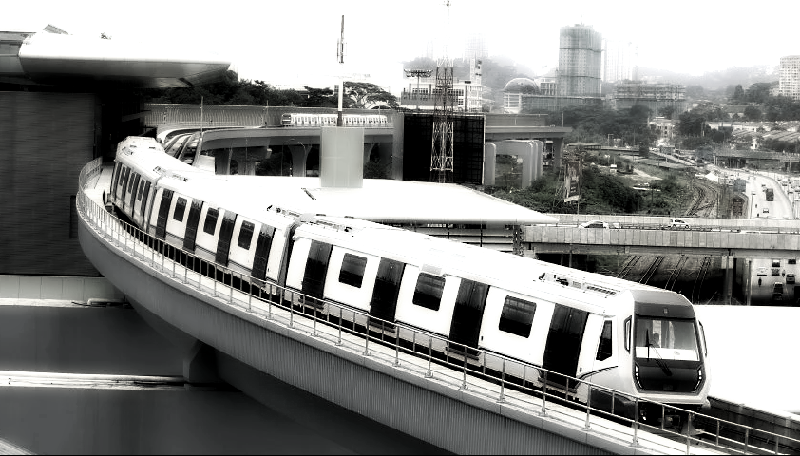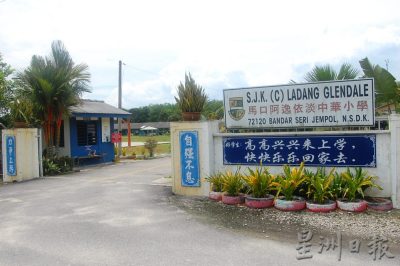Sin Chew Daily
The administration of former prime minister Datuk Seri Najib Tun Razak implemented several major construction projects. However, judging from the perspectives of economic benefits, utilization and the urgency of the projects, most of them may very well end up being "white elephants".
The massive Bandar Malaysia project, for example, will only expedite the bubbling of KL real estate market, which is already witnessing an acute glut.
The RM40 billion Melaka Gateway project would create a new cruise terminal as well as Southeast Asia's largest superyacht marina and a theme park, but from where are we going to get customers to patronize these expensive facilities?
ECRL (East Coast Rail Link) is another economically non-viable investment. The revenue when it goes into full operation may not even be enough to finance day-to-day maintenance and staff salaries, not to mention any investment returns for the investors.
By comparison, the KL-Singapore high speed rail project and JB-Singapore Rapid Transit System (RTS) are relatively beneficial to the people, in particular the RTS project given the massive traffic volume across the Causeway now.
According to the plan, the 4km two-station RTS project will be completed in 2024. The proposed Singapore terminal will be connected to the Woodlands North MRT station in the vicinity of Republic Polytechnic.
The Johor terminal, meanwhile, will be built next to Bukit Chagar terminus, which upon expansion should be even bigger than KL Sentral. The RTS station will be connected to the CIQ, JB's KTM station, and the proposed Iskandar Malaysia BRT network.
The location of the RTS station has been meticulously planned for seamless connectivity, with three platforms, immigration checkpoint and over a thousand parking bays.
As for the train frequency, there will be one departure every four minutes during the peak hours. It will only take a commuter 30 minutes to travel from JB station to Singapore station, a vast improvement from the highly taxing hours-long trips across the Causeway today.
An estimate of 72,000 commuters are expected to use the RTS system once it goes online, or 26.2 million passengers annually, which is five times the passenger volume anticipated for ECRL in 2030! This should significantly relieve the horrendous daily traffic jam on the Causeway.
ROI aside, at least the project will benefit tens of thousands of people who make the daily commutes between Johor and Singapore as well as cross-border tourists. It should boost the travel industry not only for Johor but the whole Malaysia as well.
Singapore Customs and Excise Department statistics show that more than 350,000 people cross into Singapore from Johor every day. Those who commute to Singapore on a daily basis for study or work have to wake up as early as four in the morning, and manage to reach their homes in JB only after eight at night, spending an average of four hours a day — or about a quarter of waking hours — stuck on the road.
The proposed RTS project is not going to completely replace the Causeway or Second link, but at least it will help mitigate the nightmarish traffic jam.
What we want is a public project that benefits the rakyat, not lavish but useless "white elephants".

ADVERTISEMENT
ADVERTISEMENT


































